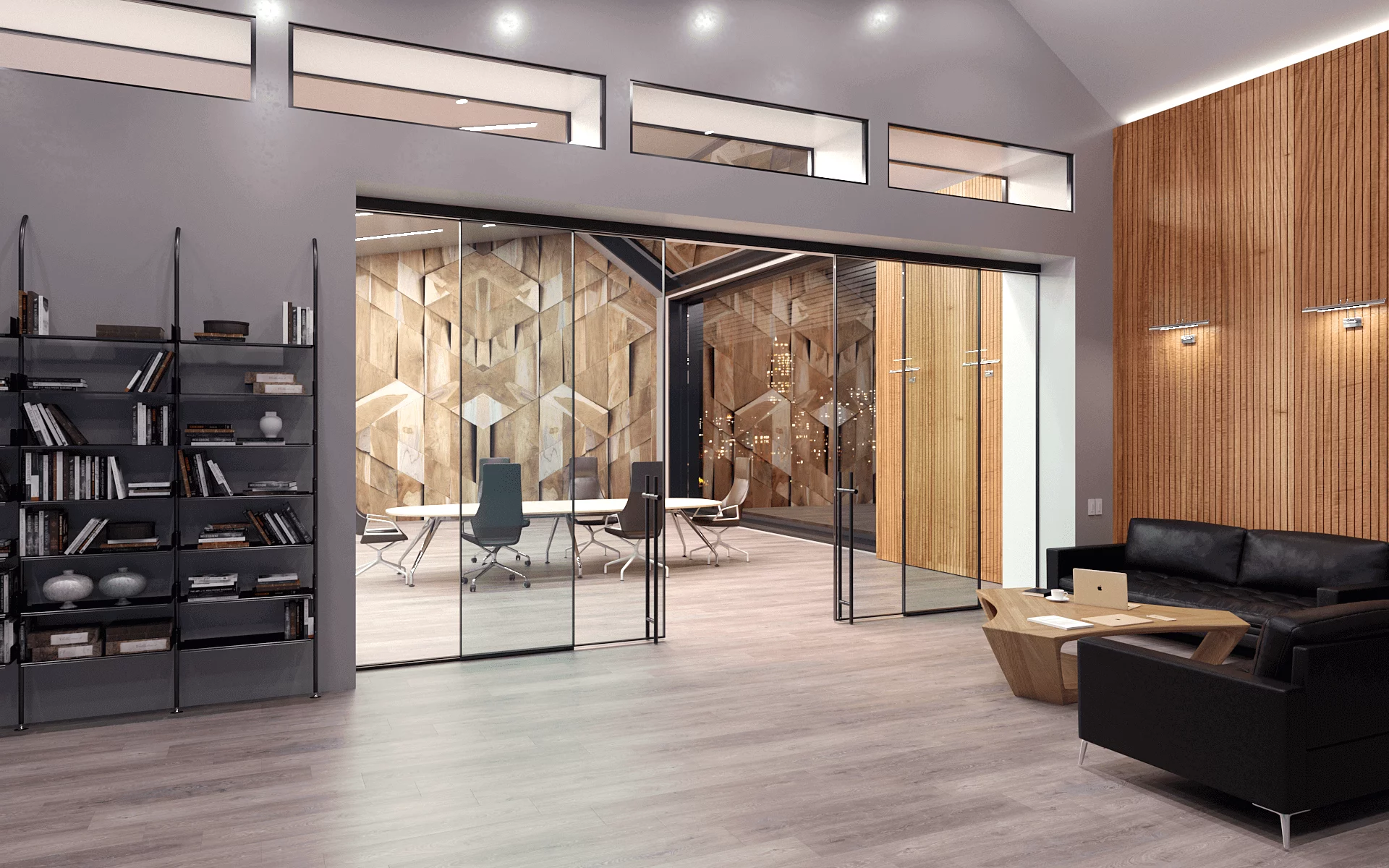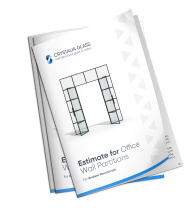Glass partition walls are a popular choice for modern offices and buildings, offering a sleek aesthetic, improved light flow, and a sense of openness. However, one crucial aspect to consider is the glass partition thickness. Choosing the right thickness ensures optimal performance, safety, and visual appeal.
Glass partitions can be made from tempered (toughened) glass for increased strength or laminated glass for enhanced safety and soundproofing.

Factors Influencing Glass Partition Thickness
Several factors influence the ideal glass partition thickness in inches:
- Load-bearing requirements: Thicker glass is needed for walls supporting weight, like shelves or mounted displays.
- Safety considerations: Tempered or laminated glass offers better impact resistance. Thicker glass generally provides a higher safety factor.
- Acoustic performance: For soundproofing, thicker or double-glazed partitions perform better.
- Aesthetic preferences: Thinner glass offers a sleek, minimalist look. Consider the desired level of transparency and visual connection.
How Crucial is a Glass Divider’s Thickness?
The thickness of a glass partition is crucial! It directly impacts the wall’s:
- Strength and stability: Thicker glass can withstand greater loads and impacts.
- Sound insulation: Thicker or double-glazed walls provide better soundproofing.
- Safety: Tempered or laminated glass with appropriate thickness enhances safety.
- Visual appeal: Thickness can influence the perceived weight and transparency of the wall.
Standard Glass Partition Thicknesses in Inches
Here’s a breakdown of commonly used thicknesses and their applications (converted from millimeters):
- ¼ inch – ⅜ inch: Ideal for non-load-bearing walls in low-traffic areas, prioritizing visual openness.
- ⅜ inch (almost ½ inch): The most popular choice for office partitions, balancing strength, sound control, and aesthetics.
- ½ inch:** Used for larger walls, high-traffic areas, or requiring enhanced soundproofing.
- ¾ inch+:** For very large walls, heavy loads, or maximum sound insulation (often double-glazed).
How to Choose the Right Thickness
Choosing the right thickness involves:
- Assessing needs and constraints: Consider the wall’s size, application, desired level of privacy, and soundproofing requirements.
- Consulting with professionals: Architects and glass partition companies can advise on optimal thickness based on your specific project details and local building codes.

Impact of Thickness on Cost and Installation
Glass partition thickness in inches can affect:
- Cost implications: Thicker glass and double glazing are generally more expensive.
- Installation considerations: Thicker glass might require sturdier framing systems for proper support.
Imagine a sleek office featuring ⅜ inch (almost ½ inch) tempered glass partitions for a balance of openness and sound control. In contrast, a recording studio might utilize a thicker, double-glazed ¾ inch laminated wall for maximum soundproofing.
Understanding glass partition thickness in inches is essential for creating functional and visually appealing glass partitions. By considering your needs and consulting with professionals, you can select the perfect thickness to optimize performance, safety, and aesthetics for your space.














